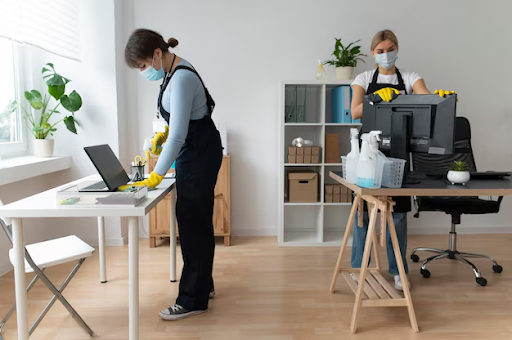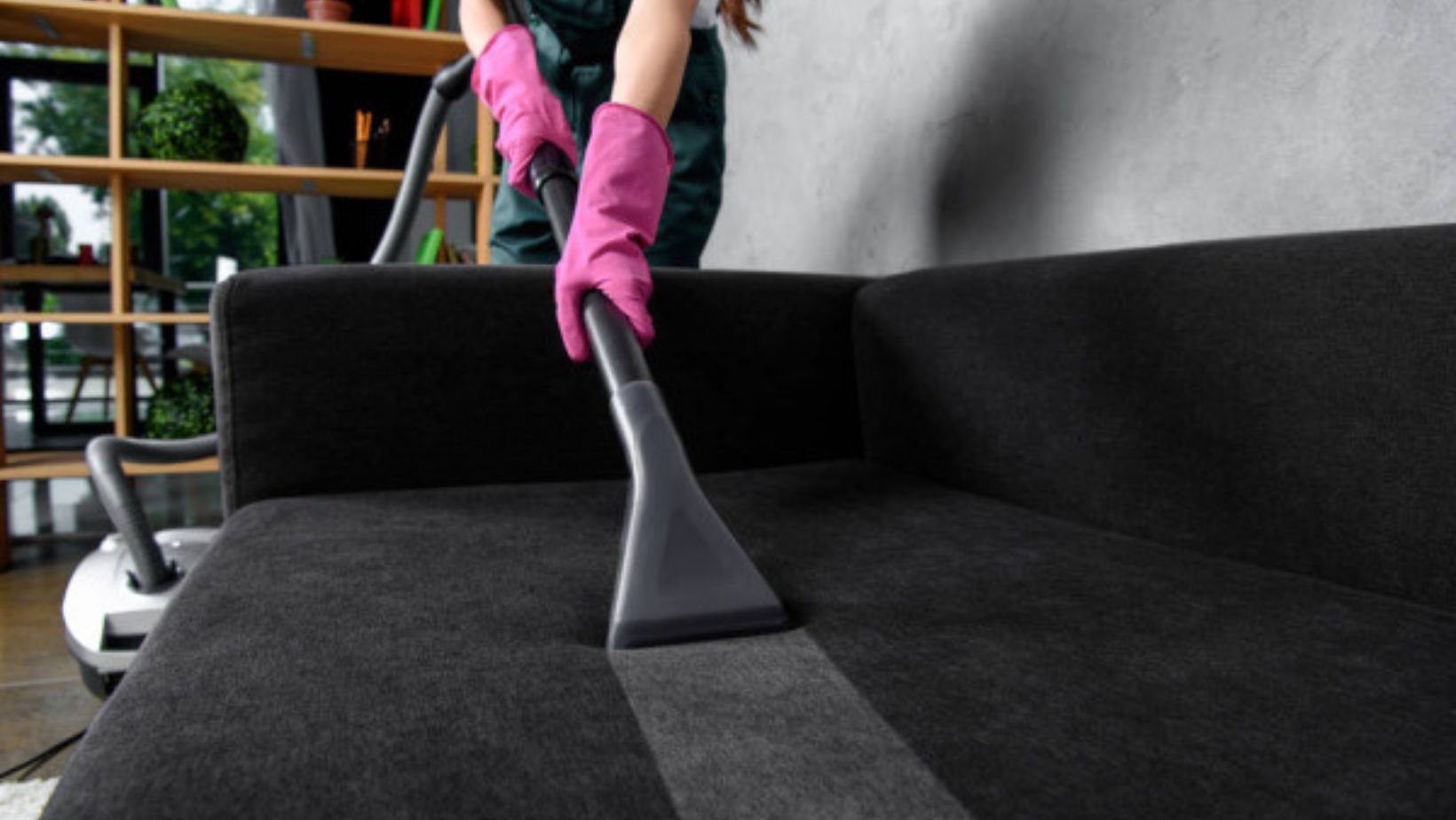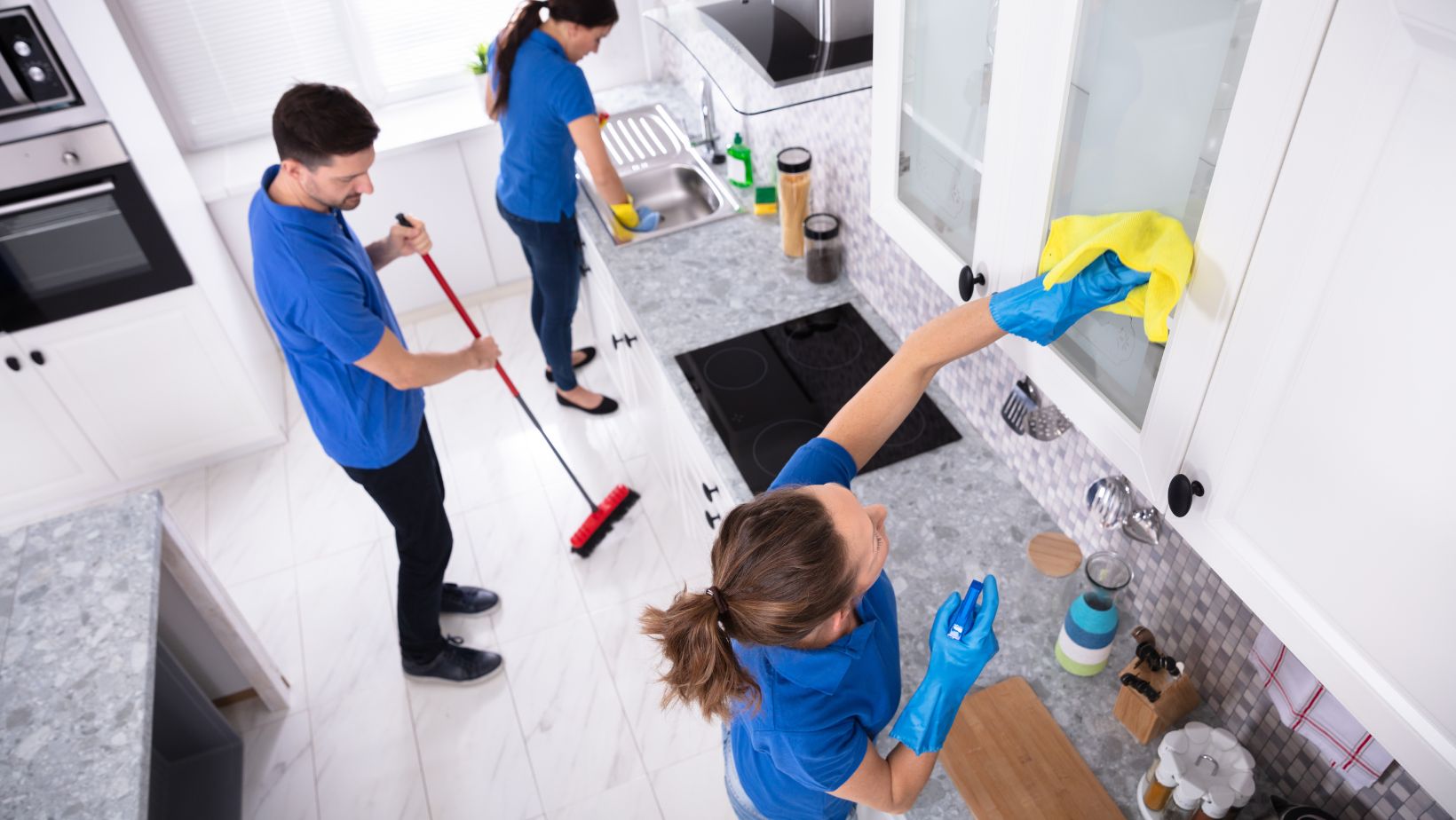While daily cleaning keeps surfaces looking neat, deep cleaning goes beyond the basics to create a healthier and safer work environment.
Regular cleaning removes visible dust and dirt, but deep cleaning eliminates hidden bacteria that can impact overall well-being.
Understanding how deep cleaning contributes to a healthier work environment can help businesses create a space where everyone feels comfortable and protected.
Why Deep Cleaning is Essential for Workplace Safety
A workplace can accumulate dust, allergens, and bacteria over time, even with routine cleaning also commercial cleaning oshawa services specialize in deep cleaning, eliminating hidden contaminants to improve indoor air quality and reduce the risk of illness. A well-cleaned environment also helps maintain workplace equipment by preventing dust buildup that can interfere with operations.
| Benefit | Impact on Workplace |
| Improved Air Quality | Reduces allergens and respiratory irritants |
| Reduced Germ Spread | Minimizes illness transmission among employees |
| Increased Productivity | A cleaner space enhances focus and efficiency |
| Better Equipment Lifespan | Prevents dust-related wear and tear |
| Positive Work Environment | Creates a welcoming and healthy atmosphere |
A clean workspace not only protects physical health but also contributes to mental well-being, as employees feel more comfortable and motivated in an organized and sanitary setting.
How Deep Cleaning Enhances Employee Well-Being
A well-maintained workplace contributes to a stress-free and productive atmosphere. Employees spend a significant portion of their day at work, and a hygienic environment helps them stay focused and engaged. When employees work in a clean space, they are more likely to feel valued, leading to higher job satisfaction and morale.
Reducing Allergens and Respiratory Issues
Dust, mold, and airborne particles can trigger allergies and respiratory conditions. Deep cleaning removes these irritants, helping employees breathe easier and stay healthy. Regular cleaning of air vents, carpets, and high-touch surfaces plays a crucial role in maintaining indoor air quality.
Creating a Safe and Organized Workspace
A clutter-free and sanitized work area reduces distractions and safety risks. Organized spaces prevent accidents, such as slips and falls, while also ensuring that important equipment functions properly.
Best Practices for Deep Cleaning in the Workplace
To maintain a high standard of hygiene, workplaces should adopt a structured deep cleaning routine. A combination of regular maintenance and periodic deep cleaning ensures that all areas remain in optimal condition.
| Area | Importance |
| Workstations & Desks | Removes dust and bacteria from frequently used surfaces |
| Restrooms & Common Areas | Ensures hygiene in shared spaces |
| Kitchen & Break Areas | Prevents cross-contamination and foodborne illnesses |
| Air Vents & HVAC Systems | Improves air circulation and reduces allergens |
| Floors & Carpets | Eliminates dirt and debris that accumulate over time |
A structured cleaning schedule ensures that all areas receive the attention they need, preventing the buildup of dust and bacteria that can affect workplace safety.
The Role of Technology in Workplace Cleaning
Advancements in cleaning technology have made deep cleaning more efficient. Businesses can now use eco-friendly cleaning solutions, automated sanitizing systems, and high-efficiency air filters to maintain a safe and healthy environment.
Eco-Friendly Cleaning Solutions
Many workplaces are shifting to non-toxic and biodegradable cleaning products. These solutions effectively remove germs while being safe for both employees and the environment.
Automated Cleaning Systems
Innovations like UV sanitizers and robotic vacuums enhance cleaning efficiency by targeting high-traffic areas and frequently touched surfaces. These technologies help maintain cleanliness throughout the workday.
How Often Should Deep Cleaning Be Performed?
The frequency of deep cleaning depends on the workplace type and the number of employees. High-traffic areas may require more frequent attention, while office spaces with fewer employees can follow a less frequent schedule.
| Workplace Type | Deep Cleaning Frequency |
| Office Spaces | Every 3-6 months |
| Retail & Customer Areas | Monthly |
| Medical Facilities | Weekly |
| Industrial Workspaces | Biweekly |
| Restaurants & Cafeterias | Daily to Weekly |
Following a regular deep cleaning schedule ensures that workspaces remain safe, hygienic, and welcoming for employees and visitors.
Conclusion: Investing in Workplace Health Through Deep Cleaning
Deep cleaning is an essential part of maintaining a healthy and safe work environment. A well-cleaned workspace not only reduces the spread of germs but also enhances employee well-being and productivity. By implementing structured cleaning routines, businesses create an atmosphere where employees can thrive. A clean and organized workspace promotes efficiency, prevents health risks, and fosters a positive work culture. Prioritizing deep cleaning is a proactive step toward ensuring workplace health and safety for everyone.


